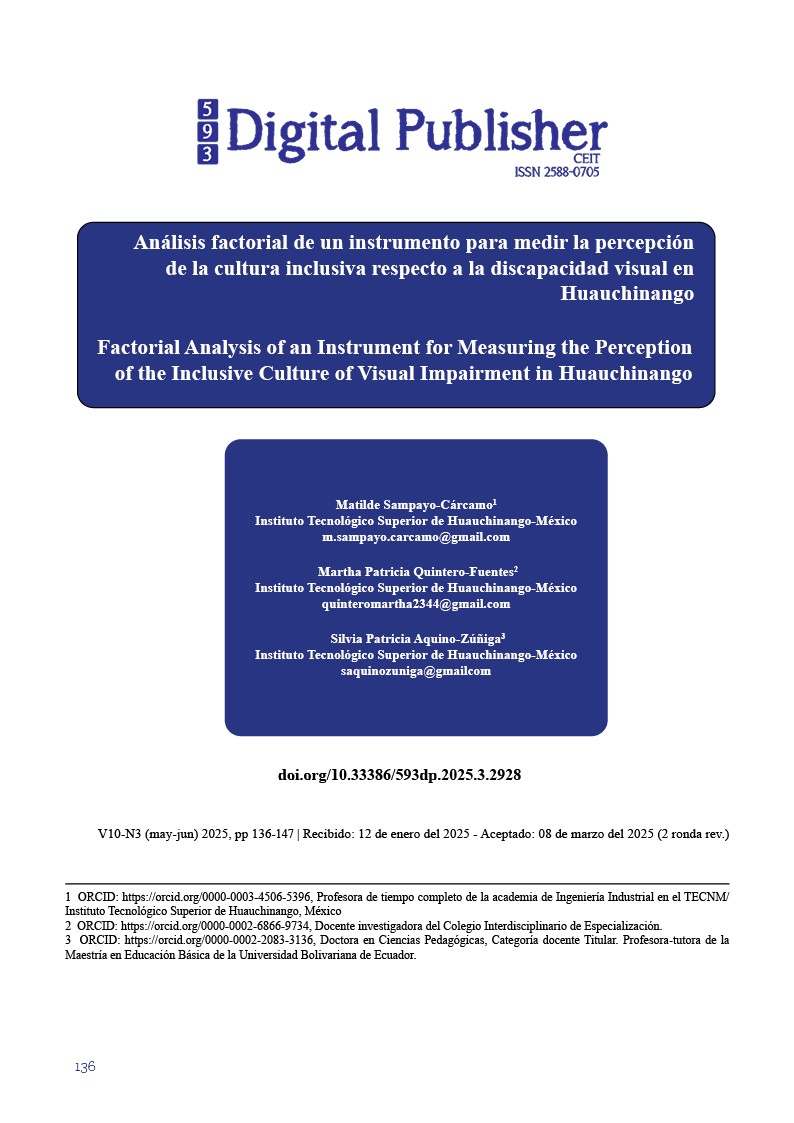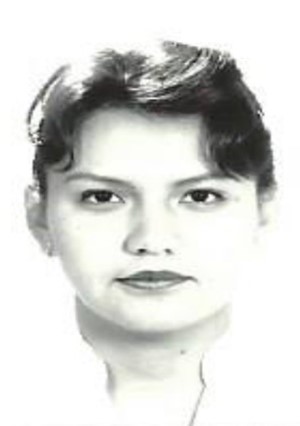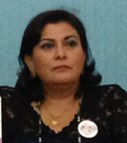Factorial Analysis of an Instrument for Measuring the Perception of the Inclusive Culture of Visual Impairment in Huauchinango
Main Article Content
Abstract
Nowadays, inclusive culture in society evaluation has acquired greater relevance, partly due to the drive towards social inclusion actively promoted in various areas. To address this challenge, the instrument used to measure this phenomenon must have specific qualities that ensure its effectiveness and usefulness in research.
In methodological terms, after presenting the results of the validity and reliability of the instrument, where the relevance and understanding of the items were evaluated, previously carried out in Sampayo et al., (2023). Through a study with a quantitative approach with a non-experimental design, a sample of 302 people was obtained. From this sample, 151 participants were assigned to conduct the exploratory factor analysis. In contrast, the other 151 were assigned to the confirmatory factor analysis to specify the instrument's psychometric properties.
The results obtained revealed a Kaiser-Meyer-Olkin (KMO) index of 0.869, indicating an adequate adjustment of the data to perform the factor analysis. In addition, a statistical significance was observed with a value of p < 0.001, supporting the robustness of the results obtained, CFI = 0.076 and RMSA = 0.076 In conclusion, the results confirm the empirical validity of the proposed instrument, establishing it as a reliable tool for measuring social inclusion. Its application can support decision-making in the design of educational campaigns that foster an inclusive culture toward visual impairment in Huauchinango and other cities, while also contributing to public policies and social intervention strategies grounded in scientific evidence.
Downloads
Article Details

This work is licensed under a Creative Commons Attribution-NonCommercial-ShareAlike 4.0 International License.
1. Derechos de autor
Las obras que se publican en 593 Digital Publisher CEIT están sujetas a los siguientes términos:
1.1. 593 Digital Publisher CEIT, conserva los derechos patrimoniales (copyright) de las obras publicadas, favorece y permite la reutilización de las mismas bajo la licencia Licencia Creative Commons 4.0 de Reconocimiento-NoComercial-CompartirIgual 4.0, por lo cual se pueden copiar, usar, difundir, transmitir y exponer públicamente, siempre que:
1.1.a. Se cite la autoría y fuente original de su publicación (revista, editorial, URL).
1.1.b. No se usen para fines comerciales u onerosos.
1.1.c. Se mencione la existencia y especificaciones de esta licencia de uso.
References
Ainscow, M. (2005). Developing inclusive education systems: what are the levers for change? Journal of Educational Change, 6(2), 109–124. https://doi.org/10.1007/s10833-005-1298-4
Arbuckle, J. L. (2014). Amos (Version 23.0) [Computer Program]. Chicago: IBM SPSS.
Barrera, M. A. M. (2014). Uso de la correlación de Spearman en un estudio de intervención en fisioterapia. Movimiento científico, 8(1), 98-104. https://doi.org/10.33881/2011-7191.mct.08111
Barrera, A. (2012). El proceso de sensibilización como metodología para la aceptación y reconocimiento del ser. Revista Senderos Pedagógicos, 3(3), 59-70. https://ojs.tdea.edu.co/index.php/senderos/article/view/27
Barrientos Briceño, E., Briceño Toledo, M., Suárez-Amaya, W., & Valdés Montecinos, M. (2021). Cultura organizacional inclusiva en instituciones de educación superior chilenas. Revista Venezolana de Gerencia, 26(96), 1058–1075. https://doi.org/10.52080/rvgluz.26.96.5
Booth, T., Ainscow, M., Vaughan, M., Martínez, Y. M., & Céspedes, I. F. (2011). Guía para la inclusión educativa: desarrollo al aprendizaje y la participación en las escuelas. Fundación Creando Futuro.
Byrne, B. M. (2016). Structural Equation Modelling with AMOS: Basic Concepts, Applications, and Programming (3rd ed.). New York: Routledge.
Campa-Álvarez, R. d. l. Á., Valenzuela, B. A., & Guillén-Lúgigo, M. (2020). Prácticas docentes y cultura inclusiva para colectivos vulnerables de primarias en Sonora, México. Revista Latinoamericana de Ciencias Sociales Niñez y Juventud, 18(2), 1–17. https://doi.org/10.11600/1692715x.18211
Canal, C. Y. (2014). Gestión cultural, ciudadanía e inclusión social. Expressa Extensão, 19(1), 63-69. https://revistas.ufpel.edu.br/index.php/expressa/article/view/3132
Cansino, P. A. P. (2017). Inclusión educativa y cultura inclusiva. Revista de Educación Inclusiva, 10(2), 213-226. https://revistaeducacioninclusiva.es/index.php/rei/article/view/294
Fernández Arauz, A. (2015). Aplicación del análisis factorial confirmatorio a un modelo de medición del rendimiento académico en lectura. Revista de Ciencias Económicas, 33(2), 39. https://doi.org/10.15517/rce.v33i2.22216
Fidell, L. S., & Tabachnick, B. G. (2012). Using Multivariate Statistics. Pearson Education, Limited.
Ferrando, P. J., & Anguiano-Carrasco, C. (2010). El análisis factorial como técnica de investigación en psicología. Papeles del psicólogo, 31(1), 18-33. https://www.redalyc.org/articulo.oa?id=77812441003
Florian, L. (2014). What counts as evidence of inclusive education?. European journal of special needs education, 29(3), 286-294.
Gil, J. A. P., Moscoso, S. C., & Rodríguez, R. M. (2000). Validez de constructo: el uso de análisis factorial exploratorio-confirmatorio para obtener evidencias de validez. Psicothema, 12(Su2), 442-446 https://www.psicothema.com/pdf/601.pdf
Hernández-Sampieri, R., Fernández-Collado, R., & Baptista-Lucio, P. (2017). Selección de la muestra. https://gc.scalahed.com/recursos/files/r161r/w24762w/4/Selecciondelamuestra.pdf
Mateus Cifuentes, L. E., Vallejo Moreno, D. M., Obando Posada, D., & Fonseca Duran, L. (2017). Percepción de las prácticas y de la cultura inclusiva en una comunidad escolar. Avances en Psicología Latinoamericana, 35(1), 177. https://doi.org/10.12804/revistas.urosario.edu.co/apl/a.4854
Hernández, I. V. R., de Velazco, J. H., Chumaceiro, A. C., & Salcedo, C. C. (2016). Epilepsia un abordaje social: experiencia de sensibilización y concientización ciudadana. Orbis: revista de Ciencias Humanas, 12(35), 58-76.
Plancarte Cansino, P. A. (2017). Inclusión educativa y cultura inclusiva. Revista de educación inclusiva. https://dialnet.unirioja.es/servlet/articulo?codigo=6545223
Rodríguez Cabrero, G. (2016). Los beneficios de la inclusión social de las personas con discapacidad. https://dialnet.unirioja.es/descarga/articulo/5295800.pdf
Sáenz Casanova De Martínez, E. N. (2022). Cultura inclusiva en los derechos y dignidad de las personas con discapacidad en instituciones educativas públicas, 2020-2022. https://hdl.handle.net/20.500.12692/95988
Sampayo Cárcamo M., Quintero F. M. P.,Limón Díaz M. A. Romero Lezama J.E., y Chiunti González N. (2023) Validez de instrumento para medir la cultura social inclusiva respecto a discapacidad: Juicio de expertos. Journal CIM. México, http://cim.orizaba.tecnm.mx/
Serpa Torre, M. (2020). Cultura inclusiva y competencias emocionales en docentes de educación primaria de la Red 08, UGEL 06-Ate 2019. https://hdl.handle.net/20.500.12692/51318
Shakespeare, T. (2006). The social model of disability. The disability studies reader, 2(3), 197-204.
Slee, R. (2018). Defining the scope of inclusive education.
Tabachnick, B.G. & Fidell, L.S. (2013). Using multivariate statistics (6th ed). Boston: Pearson Education. https://www.pearson.com/en-au/media/petbbcvi/9781292021317.pdf?srsltid=AfmBOoocDwotyHBF0Rsx0fOFt26FZtPOE9Lii1buLQMO3IhxGB9-Resw
Virla, M. Q. (2010). Confiabilidad y coeficiente Alpha de Cronbach. Telos, 12(2), 248-252. https://www.redalyc.org/articulo.oa?id=99315569010





